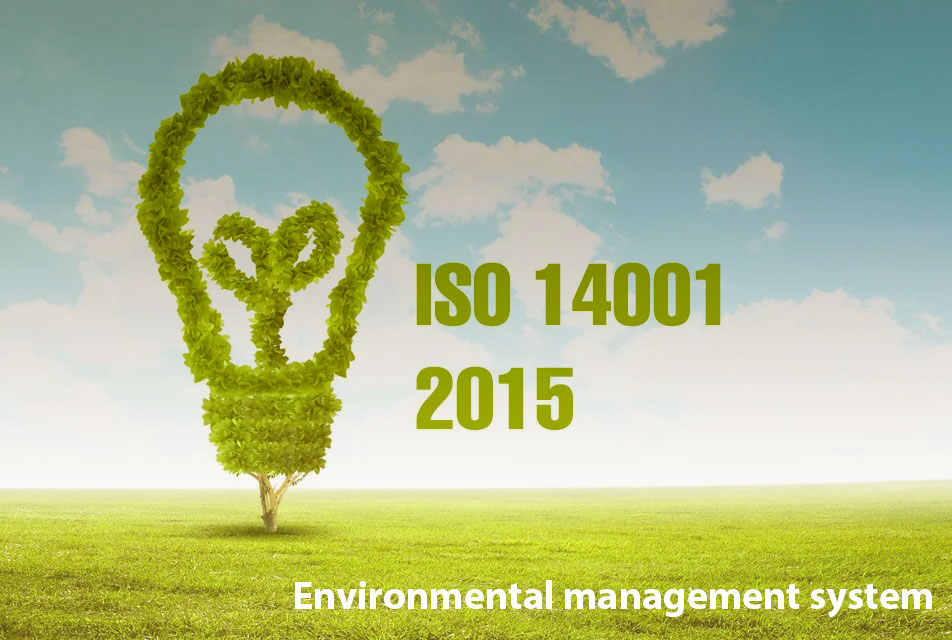ISO 14001 is an internationally recognised environmental management standard that businesses can apply to pursue positive environmental improvement. Good environmental outcomes (such as improved performance and goal achievement) can be used to demonstrate a company’s compliance with environmental regulations and consumer expectations. The 2015 standard is the most recent in a series of 14001 standards that began in 1996. The early versions of 14001 provided a platform for organisations to put environmental policies and objectives in place, resulting from the increased demand by enterprises that sought to demonstrate excellent environmental performance. A later version, released in 2004, strengthened the restrictions surrounding compliance obligations.
ISO 14001 can be used to address environmental issues ranging from resource consumption to pollution, and from plastics to waste.
ISO 14001: A Brief History
ISO 14001’s history reflects the ever-changing and expanding demands of consumers and communities about business environmental performance. Prior to the release of the ISO 14001 Environmental Management Standard, the British Standards Institute issued BS 7750 in response to an increasing demand from organisations that were being requested to verify their environmental credentials. BS 7750 created the groundwork for the first version of ISO 14001, which was released in 1996. The inaugural ISO 14001 standard established some minimal requirements based on the organization’s environmental policies and objectives. The emphasis was mostly on pollution control and the management of negative environmental repercussions. The 14001 Standard’s latest revision tried to strengthen the baseline standards and introduced new compliance criteria. Furthermore, organisations had to distinguish between factors that they directly affected and those that they may influence. As a result, organisations were obliged to act as “Change Agents,” and supply chain innovations began to emerge.
The most recent version of the ISO 14001 standard incorporates the risk-based approach and provides for the prioritisation of risks and opportunities relevant to the organisation. When combined with basic requirements such as legislative compliance and obligations such as pollution prevention, an organisation is compelled to build a more complete environmental strategy and action plan.

